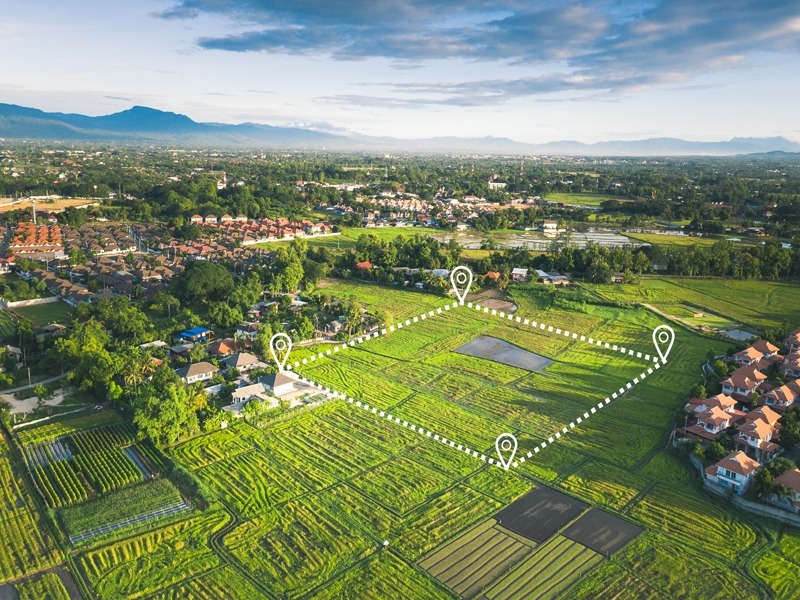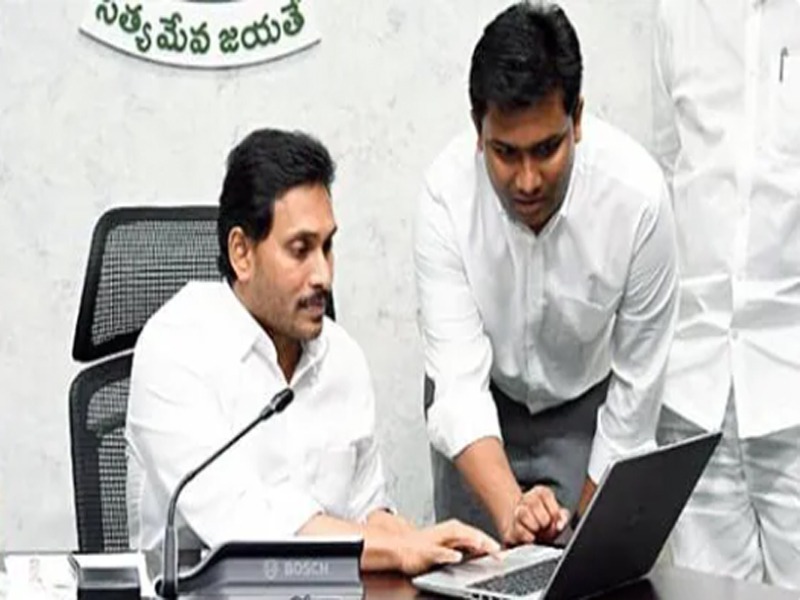
What is the definition of Digital India?
The Government of India launched Digital India to bring high-speed internet to rural areas. PM Narendra Modi announced the commencement of the Digital India Mission on July 1, 2015, as a beneficiary of other government initiatives such as Make in India, Bharatmala, Sagarmala, Startup India, BharatNet, as well as Standup India.
The Digital India Mission is primarily concerned with three issues:
- To provide digital facilities as a helpful resource for all citizens.
- On-demand governance and services
- To ensure that every citizen has access to the internet.
- Digital India was founded to promote inclusive growth in e-services, commodities, manufacturing, and job creation.
Three primary vision areas are at the heart of the Digital India initiative:
- Every Citizen’s Digital Infrastructure as a Fundamental Utility
- High-speed internet access is an essential utility for delivering services to citizens
- Every citizen has an online signature that is distinctive, permanent, online, and authenticable from birth to death.
- Citizen participation in the digital and financial world is enabled through a mobile phone and a bank account.
- Accessibility to a Public Service Centre is simple.
- On a public cloud, a private space that can be shared.
- Cyberspace is safe and secure.
- On-Demand Governance and Services
- Services that are seamlessly linked across agencies or jurisdictions.
- Real-time access to services via web and mobile platforms.
- All citizen entitlements must be portable and cloud-based.
- Services that have been digitally altered to make doing business easier.
- Financial transactions are becoming more computerised and cashless.
- Geospatial Information Systems (GIS) are being used to support decision-making and development.
- Citizens’ Digital Empowerment
- Digital literacy should be universal.
- Digital resources that is available to everyone.
- Digital materials and services in Indian languages are available.
- Participatory governance through collaborative digital platforms.
- Citizens are not needed to produce government paperwork or certifications in person.
Digital India’s Objectives
Here are the objectives of Digital India mission:
- The Digital India Mission’s tagline is ‘Power to Empower.’ The Digital India initiative has three main components. They are building digital infrastructure, the delivery of digital products, and digital literacy.
- The following are the initiative’s primary goals:
- All gramme panchayats will have access to high-speed internet.
- To make the Common Service Centre (CSC) accessible to everyone in the neighbourhood.
- Digital India is a project that brings together a wide range of ideas and viewpoints into a single, complete vision, allowing each to be seen as part of a greater purpose.
- The Digital India Programme likewise aims to restructure several existing programmes so that they can be delivered in a coordinated manner.
Benefits of the Digital India Mission
The Digital India Mission is a project that aims to connect the country’s rural areas to high internet networks. One of the nine foundations of digital India is the Public Internet Access Program. India is one of the top two countries globally regarding digital adoption, and its digital economy is expected to surpass $1 trillion by 2022.
The following are some of the benefits of Digital India:
- Electronic transactions associated with e-governance are on the rise.
- Under the Bharat Net programme, a 2, 74,246-kilometer optical fibre network has interconnected over 1.15 lakh Gram Panchayats.
- Under the Indian government’s National e-Governance Project, a Common Service Centre (CSC) is established to give access to information plus communication technology (ICT). The CSCs deliver multimedia content relating to e-governance, education, healthcare, telemedicine, recreation, other states, and private services via computer and Internet access.
- The creation of digital communities with very healthy amenities including solar lighting, LED assembly, sanitary pads production, and Wi-Fi choupal.
India’s Digital Challenges
The Indian government has launched the Digital India Mission, which aims to connect the country’s rural areas to high-speed internet networks. However, apart from the multiple measures launched by Digital India, the country faces several obstacles.
- Compared to other industrialised countries, the everyday internet speed and Wi-Fi hotspots are poor.
- The majority of small and medium-sized businesses are having difficulty adapting to new modern technology.
- Entry-level Smartphone have limited internet connectivity capabilities.
- In the sphere of digital technology, qualified personnel are scarce.
- To locate approximately one million experts to check and monitor the growing threat of cybercrime.
- User education is lacking.
Approach and methodology for the Digital India program
The following are the approach and methodology for the Digital India programme:
- Ministries, Departments, and States would wholly utilise the Government of India’s Common and Support ICT Infrastructure. DeitY would also develop/set standards and policy guidelines, give technical and mentoring assistance, and conduct capacity building and R&D, among other things.
- Existing and ongoing e-governance programmes will be redesigned to conform to Digital India concepts. To improve the delivery of public services to citizens, scope augmentation, process reengineering, integrated and interoperable systems, and the implementation of emerging technologies such as cloud and mobile will be conducted.
- States would have the freedom to indicate possible state-specific initiatives pertinent to their socioeconomic requirements for consideration.
- While implementing a decentralised implementation model, e-Government will be advocated thru a centralised initiative to the maximum extent possible to guarantee citizen-centric service orientation, compatibility of multiple e-Government apps, and optimal utilisation of ICT infrastructure/resources.
- Successes would be discovered and proactively pushed for replication, with the necessary production and customisation.
- Wherever possible, public-private partnerships should be used to undertake e-governance projects with proper management and strategic control.
- Implementing a Unique ID would be encouraged to make identification, authentication, and benefit distribution easier.
- The National Informatics Centre (NIC) will be restructured to improve IT assistance for all government ministries at the federal and state levels.
- At least ten significant ministries will have Chief Information Officers (CIO) roles developed so that diverse e-governance projects can be conceived, developed, and executed more quickly. CIO roles will be at the Additional Secretary/Joint Secretary level, with overarching IT authority in each Ministry.
Digital India Initiatives
Here are some of the initiatives under Digital India:
- DigiLockers – This flagship initiative intends to provide citizens with ‘Digital Empowerment’ by giving them access to authenticated digital records in their digital document wallet.
- E-Hospitals – An E-Hospital is a Hospital Management Information System (HMIS) that serves as a one-stop-shop for connecting patients, hospitals, and clinicians via a single digital service. The Digital India initiative has resulted in the establishment of 420 e-Hospitals as of February 2021.
- E-Pathshala (Electronic Pathshala) – e-Pathshala, a website and mobile app developed by NCERT, shows and promulgates all educational e-resources, encompassing textbooks, audio, video, periodicals, and a multitude of other print as well as non-print materials.
- BHIM – Bharat Interface for Money is an application that enables the Unified Payments Interface to make payment systems simple, accessible, and rapid (UPI).
Impact of Digital India Campaign
Some of the visible impacts of Digital India campaign are:
- Since its inception in 2015, the Digital India initiative has influenced several areas:
- In rural areas, some 12000 postal service branches have been electronically linked.
- India’s electronic manufacturing industry has benefited from the Make – In – India initiative.
- By 2025, the Digital India strategy might increase GDP by $1 trillion.
- The healthcare and education sectors have also seen increase inactivity.
- The economic growth will benefit from improved web infrastructure.



























